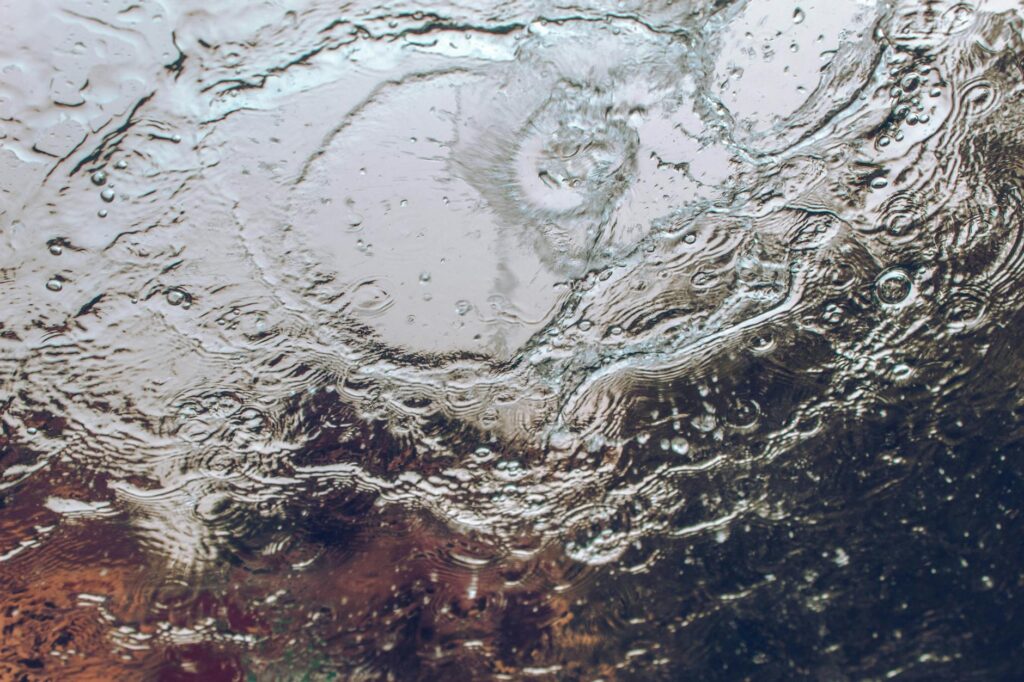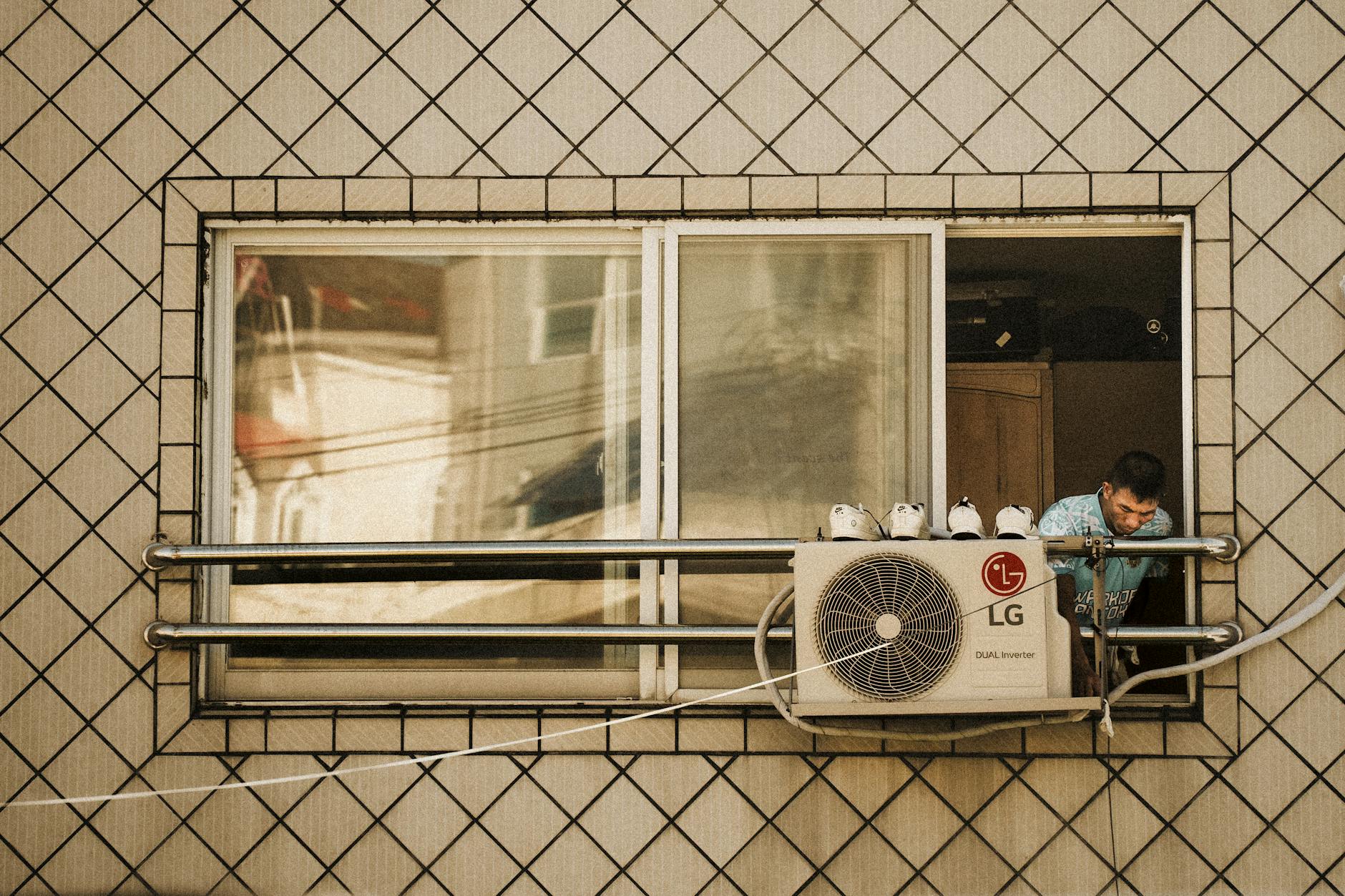Are you noticing a significant jump in your energy bills? Do rooms in your house feel drafty, even with the thermostat cranked up? You might be losing precious cool air through unseen air leaks. This isn’t just an inconvenience; it’s costing you money and impacting your home’s comfort. Let’s dive into how to find those sneaky leaks and seal them up tight!
Understanding Air Leaks
Air leaks are gaps or cracks that allow conditioned air to escape your home and unconditioned air to enter. These leaks can occur anywhere—from windows and doors to less obvious places like electrical outlets and recessed lighting. Identifying and sealing these leaks can dramatically improve your home’s energy efficiency and comfort. 
Common Culprits: Where to Look First
Start your search in the most common areas: around windows and doors. Check for gaps between the frames and the walls. Pay close attention to areas where caulk has aged and cracked. Don’t forget to inspect the weatherstripping! Learn more about choosing the right weatherstripping for your needs.
Visual Inspection: The Low-Tech Approach
Sometimes, the simplest method is the most effective. On a windy day, carefully walk around your house, both inside and out. Feel for drafts around windows, doors, and outlets. You might even see small dust particles being drawn into your home. This visual inspection can reveal many hidden air leaks. 
Advanced Techniques: Smoke Test
For a more thorough inspection, consider a simple smoke test. Light an incense stick or use a smoke pencil near suspected leak areas. Watch carefully to see if the smoke is being drawn into or out of your home. This will pinpoint the exact location of the leak. Watch this helpful video on performing a smoke test.
Sealing the Leaks: DIY Solutions
Once you’ve identified the leaks, it’s time to seal them! For small gaps, caulk is your best friend. Make sure to choose a high-quality caulk appropriate for exterior use if needed. For larger gaps, you may need weatherstripping or expanding foam. Our guide on selecting the best caulk is a great resource.
Beyond Caulk: Other Sealing Methods
Beyond simple caulking, you can address larger gaps with specialized materials like foam sealant or weatherstripping. Remember to properly prepare the surface before applying any sealant to ensure a strong bond. 
Regular Maintenance: Preventing Future Leaks
Sealing air leaks is a preventative measure. Regular home maintenance is crucial to identify and address minor issues before they become bigger, costlier problems. Consider a yearly inspection of your windows, doors, and other potential leak points. Check out this checklist for annual home maintenance.
Investing in Energy Efficiency
Sealing air leaks is a cost-effective way to improve your home’s energy efficiency. It not only reduces your energy bills but also contributes to a more comfortable and environmentally friendly living space. Investing in energy-efficient windows or doors can also significantly reduce air leaks over the long term. Learn more about energy-efficient home improvements.
By taking the time to identify and seal air leaks, you’ll enjoy a more comfortable home and see noticeable savings on your energy bills. Remember to prioritize regular maintenance to keep those leaks at bay!
Frequently Asked Questions
What is the best type of caulk to use for sealing air leaks? The best type of caulk depends on the location and size of the leak. For most applications, a high-quality latex caulk is a good choice. For exterior use, you may need a paintable caulk designed for outdoor conditions.
How often should I check for air leaks in my home? It’s a good idea to check for air leaks at least once a year, especially before the heating and cooling seasons.
Can I seal air leaks myself, or should I hire a professional? Many air leaks can be successfully sealed with DIY methods. However, for larger or more complex issues, it’s best to consult with a qualified professional.
What if I can’t find the source of the air leak? If you’re struggling to locate the source, consider using a blower door test or hiring a professional energy auditor for a thorough inspection.
Are there any government incentives for improving home energy efficiency? Check with your local utility company or government agencies to find out about potential rebates or tax credits for energy-efficient upgrades.





